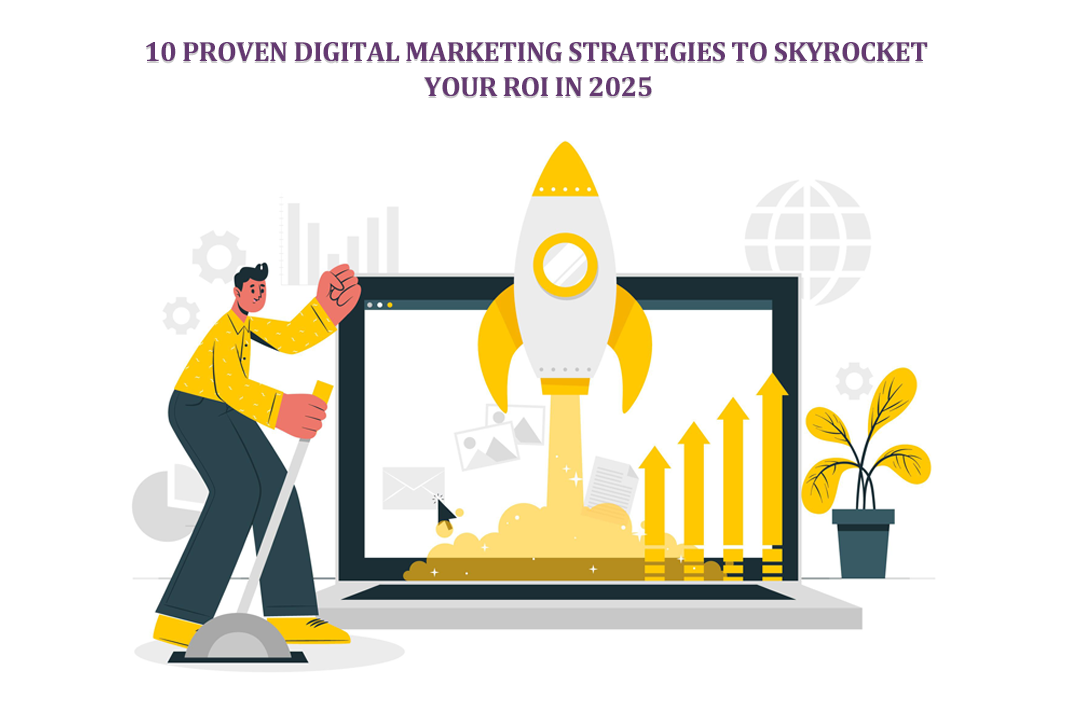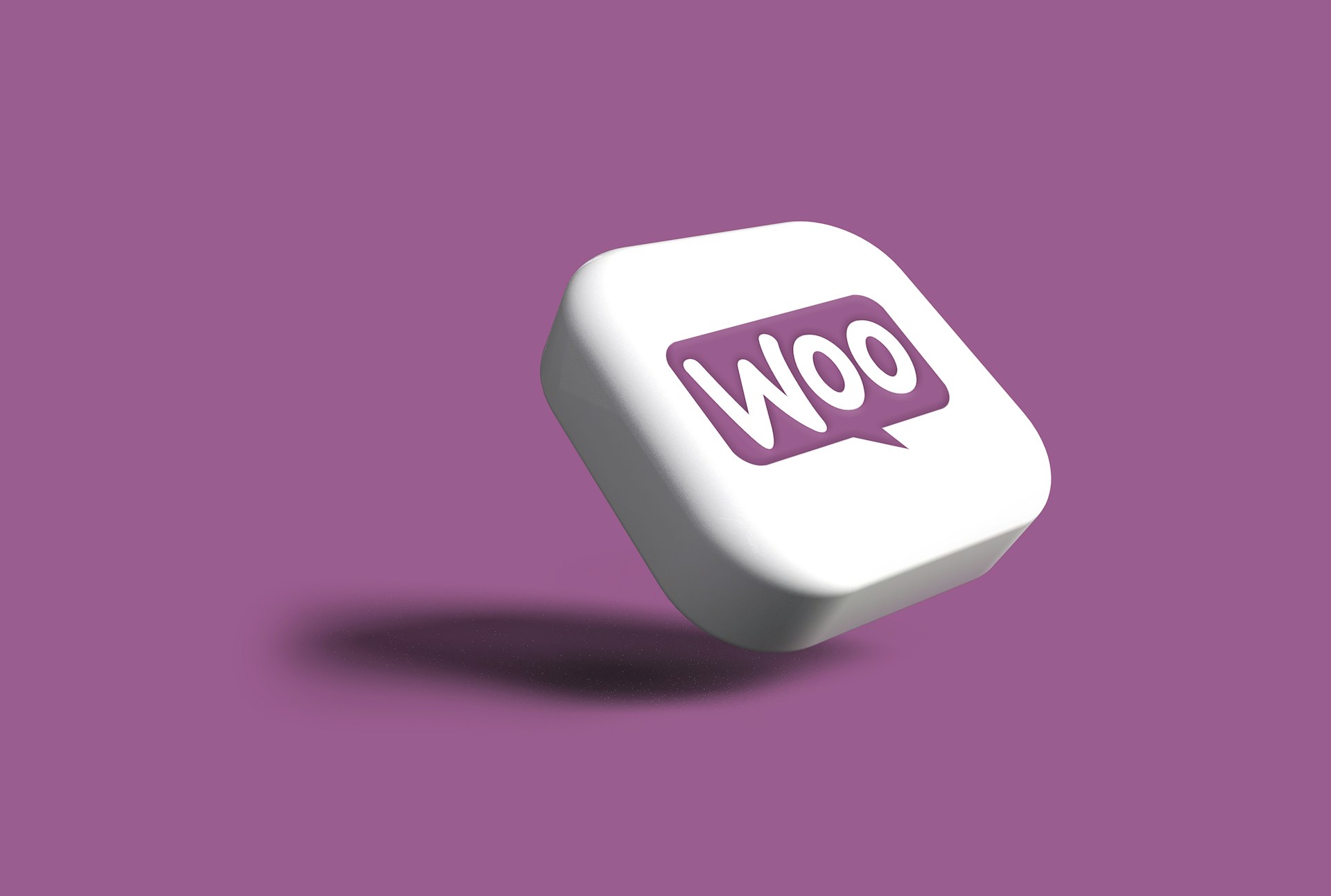How to Use the 7 P’s of Marketing For Business Success
Building a business gives you freedom of time and the opportunity to work on what you like. Creating a company, in many cases, also enables you to positively impact the world. However, if you’ve already started one, you’ve already experienced the business challenges most face. Many entrepreneurs struggle with a lack of funds, a lack of customers, and a product that needs to be better defined.
Fortunately there are business theories and models that work and have stood the test of time. There are many marketing theories, but the 7 P’s of marketing are some of the most important for any business. These principles can be applied to businesses of any size and in any industry, driving small solo enterprises to big-time successes.
Let’s go through each of the 7 P’s in detail and explain how you can use them to build a thriving business.
1. Product
The first “P” in the marketing mix is product, which refers to your business’s goods or services. Your product or service must be suitable for the market, creating a natural supply and demand chain. This is a fundamental economic concept that drives consumers to seek out your product.
Customers usually have one thing in mind: how your product or service can benefit them. To turn your average buyer into a loyal customer, always understand who you’re targeting. If your targeted customer prioritises low prices, make sure your product is affordable. If you’re like Apple and focus on selling premium products, make sure your goods are high quality.
Another way to leverage this part of the marketing mix is to grow a “product mindset.” No matter how good your customer service or marketing is, if your product has below-average standards, you can expect a competitor to swoop up your target market. Invest in development, and the product quality will take care of the rest.
2. Place
Place refers to the distribution channels used to sell your products or services. This could be a warehouse, a physical store, an e-commerce shop, or a cloud-based platform.
Before you set up shop, always look into your products and understand which channels will effectively help you reach your target market. For example, if you are selling a product online, you will need to use a different distribution channel than selling it in a brick-and-mortar store. Your physical or online store must also be accessible to the audience.
Here are questions to ask yourself when considering your business’ location:
- Where will customers look for my products or services?
- Will I earn more from marketing in my own store, or will I need to use top e-commerce websites like Amazon or eBay?
- What channels are my competitors using?
3. Price
Price is the amount you charge for your product or service. It should reflect your customer’s perceived value and be competitive to attract more buyers. The most important word here is perceived. Rolls Royce, for example, sell exquisite cars not known for their performance, but for their status symbol.
Here are some pricing strategies to help your brand succeed:
- Charge more than your competitors to create an impression of a higher-quality offering.
- Price your products similarly to competitors and add features or benefits that they don’t have.
- Increase your products’ base prices to entice customers to buy bundles and promotions.
Although these pricing strategies have been proven to work, there really is no one-size-fits-all solution. Figure out what suits your business and product the best by testing different price points and through market research.
4. Promotion
Promotion includes all marketing activities you use to communicate with your target market. This can include advertising, digital marketing, public relations, and more traditional methods like tv commercials and billboards. Many businesses apply at least one type of promotion, though some use a mix of all four.
According to Phi Dang, director of Sidepost, your chosen marketing type depends on how you can reach and connect with your target audience. “For a new product or service, I would recommend using a mix of promotion types to reach the widest audience. We’ve personally invested in digital marketing, as home services is a very online-based industry.”
Here are ways you can use these channels for your business:
- Be familiar with the channels you’ll be using to maximise them when reaching out to your target audience.
- Always scrutinise your position in the market – learn why your customers choose you over your competitor
- Get to know your target audience and move towards personalised marketing.
- Promotion isn’t a one-way street, so always test responses and adjust your strategies as needed.
5. Physical evidence
Physical evidence includes the tangible elements used to market your business, such as your logo, website, and marketing materials. Creating an unforgettable experience for your customers when they go through your sales funnel is essential. This can make the transition from awareness to purchase much smoother for customers.
This part of the marketing mix has 2 primary forms: Physical evidence of a transaction, which includes receipts, tracking information, and invoices. The other form is Proof of Existence. It is highly visual and may consist of your company’s physical store, social media channels, website, and logo.
When looking into this section of your company’s marketing mix, always ensure that these elements are professional and consistent with your brand identity.
6. People
In the marketing mix, this element includes everyone involved in the brand or product. This could be your CEO to the entry-level employees and customers. Creating a good product, strong social media presence, and a memorable brand is no use if you aren’t recruiting the right people. As a business owner, you need to hire employees who will engage in your company culture and add value to your organisation.
To attract the right people for your team, know your company’s vision and communicate this to potential hires. Proper communication and attractive compensation and benefits are sure ways to hire and retain the best talent. According to Henfield, a UK storage company, an efficient process is one that’s been “mapped out, so everyone knows what needs to be done and when.”
7. Process
The last “P” in the marketing mix is process. This refers to the systems and procedures you use to produce and deliver your products or services. For example, a business that sells physical goods will need a process for taking orders, shipping products, and handling returns. A service-based business will need a process for taking appointments, providing the service, and engaging with customers once they enter your site.
Your business process doesn’t just affect your customers. It also affects your team. When looking into your business processes, ask yourself these questions:
- Do we have cost-efficient logistics in the leading distribution channel?
- Is there a high possibility that our third-party retailers could run out of products at critical times?
- Can the company’s staff cover busy times without getting burned out, or do we need to hire more people?
Every aspect of the marketing mix is a building block to your company’s success. These elements can help you reach your target market, maximise profits, and meet your company’s goals. If you’re struggling with growth, implement these principles into your marketing strategy and see your business take off.
Essential Tools for Enhancing Web Design and UX Hosting
Have you ever visited a website that felt slow, clunky, or confusing? A website that is poorly…
0 Comments11 Minutes
How a Mini Cart Transformed My Store’s Shopping Experience
Okay, real talk—running an online store is hard. You think you’ve got everything figured out, you…
0 Comments9 Minutes
Balancing Your Security Initiatives With Industry Compliance Requirements
Managing a business today comes with a number of daily battles that need to be fought. Resources…
0 Comments11 Minutes
Best plugins to enhance the customer shopping experience
Customer experience is a key part of every online store. A good experience helps customers find…
0 Comments7 Minutes
AI Content Generating Tools: Is It A Collaboration or Competition For Content Creators?
Artificial Intelligence (AI) has created waves in content creation in business verticals. From…
0 Comments13 Minutes
How to boost user engagement and conversion in WooCommerce?
One thing that is not changing today or in the coming future is the impact user engagement has on…
0 Comments9 Minutes
10 Proven Digital Marketing Strategies to Skyrocket Your ROI in 2025
Why do some companies have a more robust online presence than others? Marketers know very well…
0 Comments12 Minutes
Why Is Woocommerce Suitable For Small Businesses?
Are you finding yourself more confused than usual when choosing your online business’s platform?…
0 Comments8 Minutes








